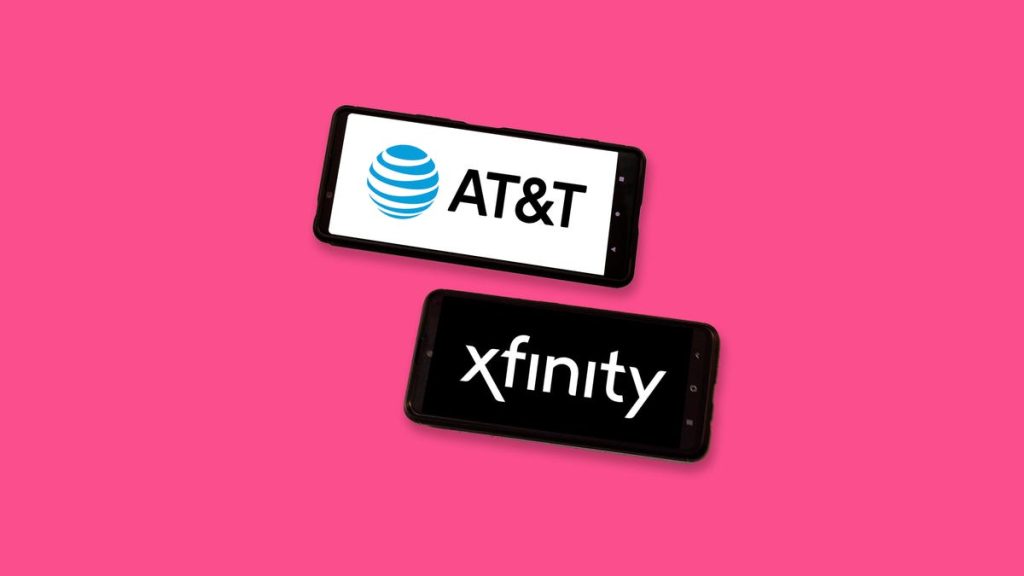When comparing AT&T and Xfinity internet services, there are several factors to consider. AT&T Fiber is often recommended over Xfinity due to its lack of data caps, equipment fees, contracts, and set price increases. Both providers offer high-speed, high-value plans with good customer satisfaction ratings. AT&T’s fiber plans are priced competitively, starting at $55 per month for 300Mbps, whereas Xfinity offers a variety of plans with lower introductory rates but potential price increases after a promotional period.
AT&T’s fiber plans range from 300Mbps to 5,000Mbps, with consistent pricing and service terms nationwide. Xfinity, on the other hand, has different speeds and pricing based on location, with rates set to increase after the first year or two of service. Both providers may have additional fees, such as equipment rental charges, but AT&T includes its Wi-Fi gateway in the monthly fee, while Xfinity charges $15 per month for the xFi Gateway. Data caps are another consideration, with AT&T’s fiber plans having no caps, while Xfinity enforces a cap of 1.25TB per month with potential charges for excess data.
Installation costs and coverage areas are also worth comparing, with AT&T charging $99 for professional installation and Xfinity offering professional installation for $40. AT&T’s fiber service is available in 21 states, covering the South, Midwest, and West Coast, while Xfinity’s cable and fiber services are available in 39 states and Washington, DC, covering a third of the US population. Customer satisfaction scores for both providers are above average, with AT&T ranking highly in some regions and Xfinity performing well overall.
Ultimately, the choice between AT&T and Xfinity depends on factors such as availability, pricing, speeds, and service terms. AT&T Fiber is often preferred for its competitive pricing, no data caps, and consistent service terms, making it a strong option for many customers. However, Xfinity’s broad availability and lower introductory pricing may be appealing to those looking for a budget-friendly option. Both providers offer reliable internet services with high customer satisfaction ratings, making them solid choices for home networking needs.


